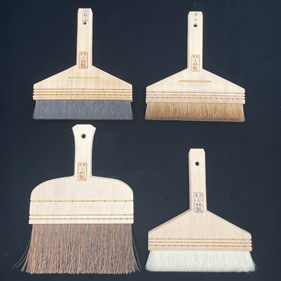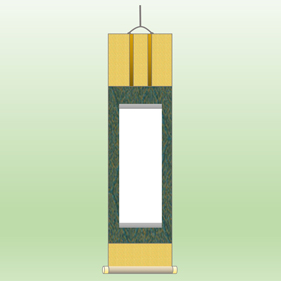By mounting a painting on paper or fabric (mounting fabrics), it is possible to display it as a hanging scroll in a tokonoma alcove or to use it to decorate the interior of a room. When not in use, the scroll can be rolled up and stored safely away from sunlight and air. Hanging scrolls were produced in large numbers because they are highly portable and can be used to decorate a tokonoma alcove or other interior spaces to mark an event or the season. Many Japanese paintings mounted on hanging scrolls are also found in the collections of overseas museums.
At first glance, a hanging scroll looks flat, but it actually consists of several layers of paper pasted together. The aim is to support the artwork painted on paper or silk (the honshi) and to ensure the scroll is sufficiently strong for unrolling and spreading out.
Paper was once produced all over Japan, but the production of handmade washi, which is an indispensable material for restoring cultural properties, has continued to decline due to changing times and shifts in society. Although generically referred to as washi, there are actually many different types of paper made with a range of materials and techniques, each with their own qualities and characteristics. The washi for mounting hanging scrolls has been selected for characteristics that are suited to that purpose.
This is an introduction to Uda paper, which is used for the final lining of a hanging scroll (the bottommost lining when moving backward from the honshi). An indispensable material for the restoration of traditional hanging scrolls, Uda paper is produced from kōzo (a hybrid mulberry), the panicle hydrangea plant (family Saxifragaceae, genus Hydrangea), and white clay in Yoshino, Nara prefecture.
Manufacturing Uda paper (video)
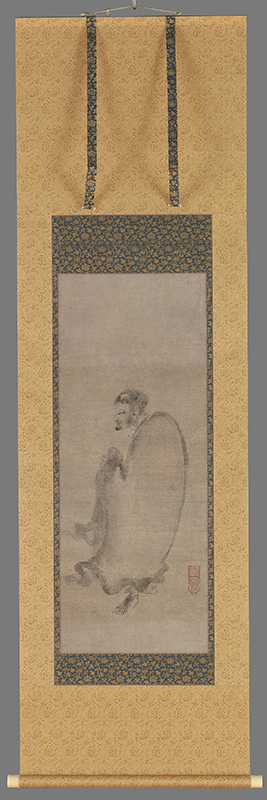
Chūan Shinkō, Museum für Ostasiatische Kunst Köln
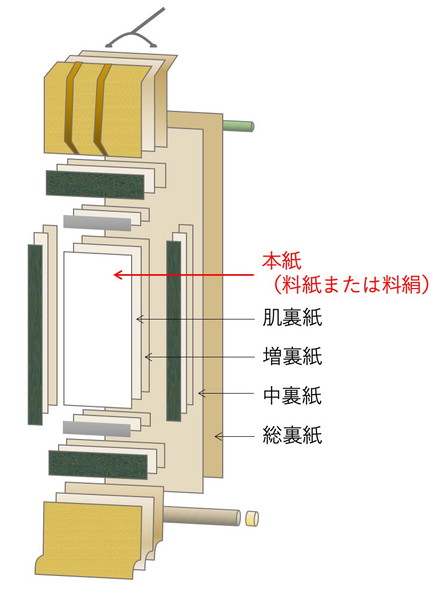
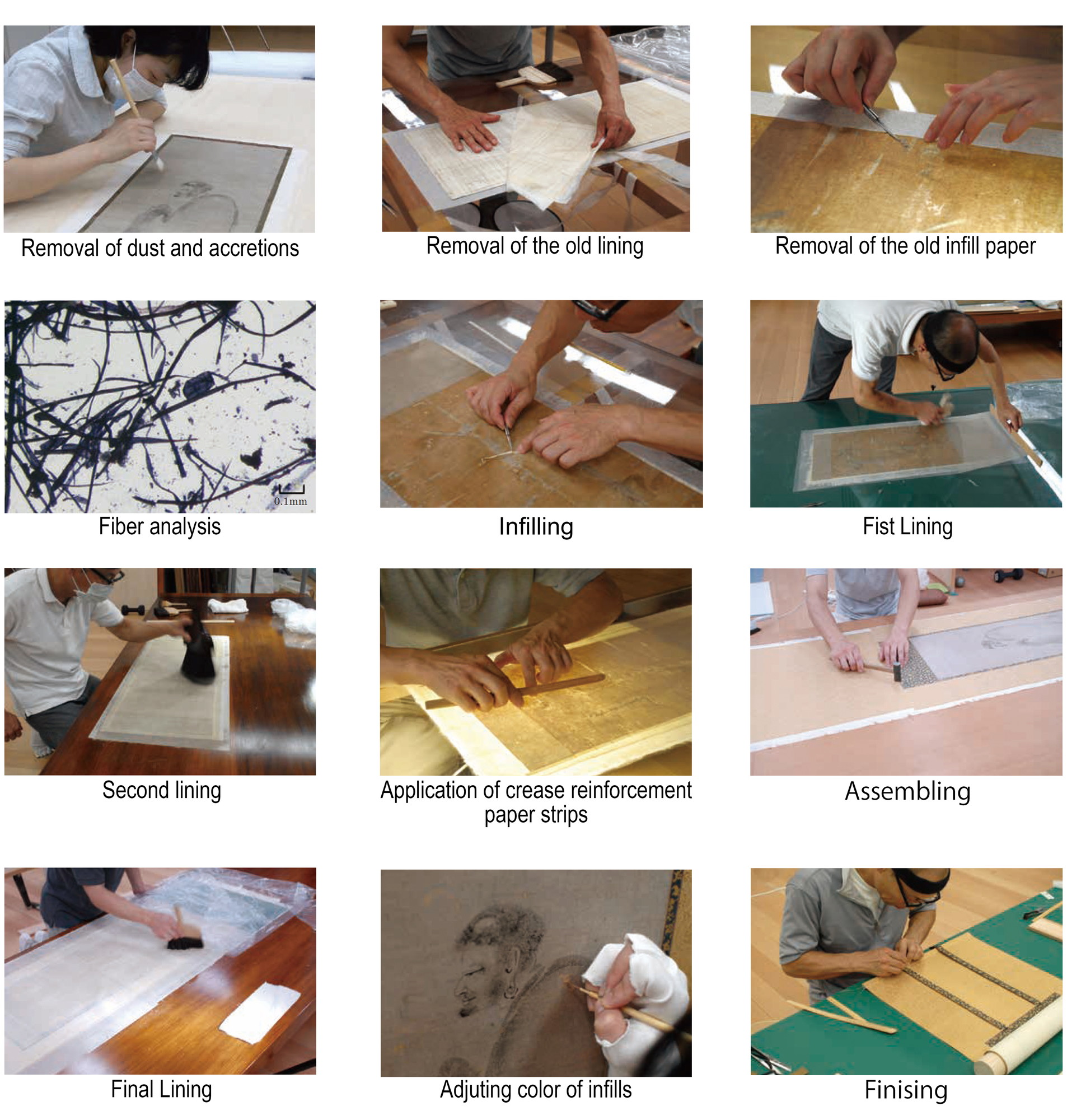 PDF files of restoration report are available from here
PDF files of restoration report are available from here